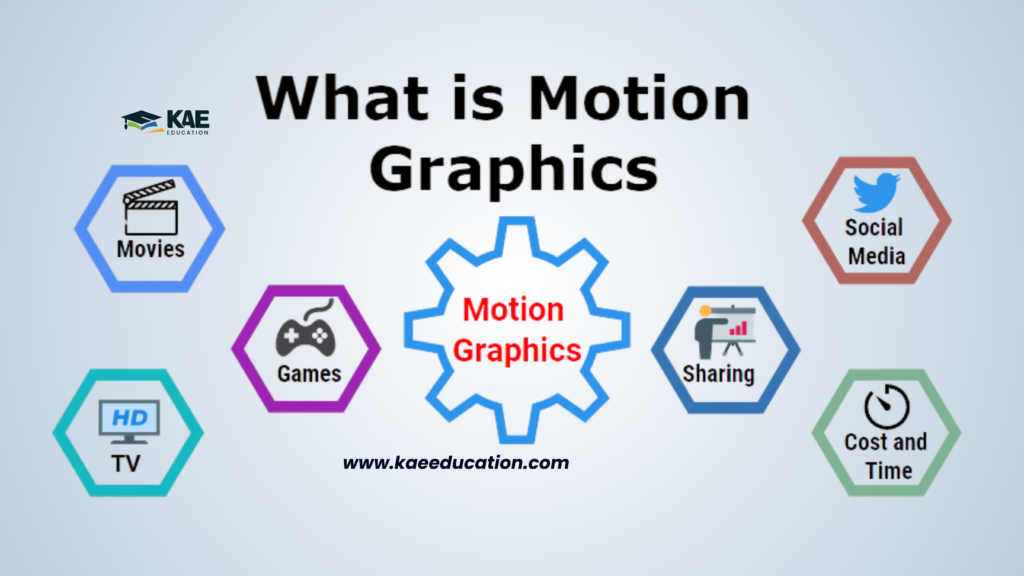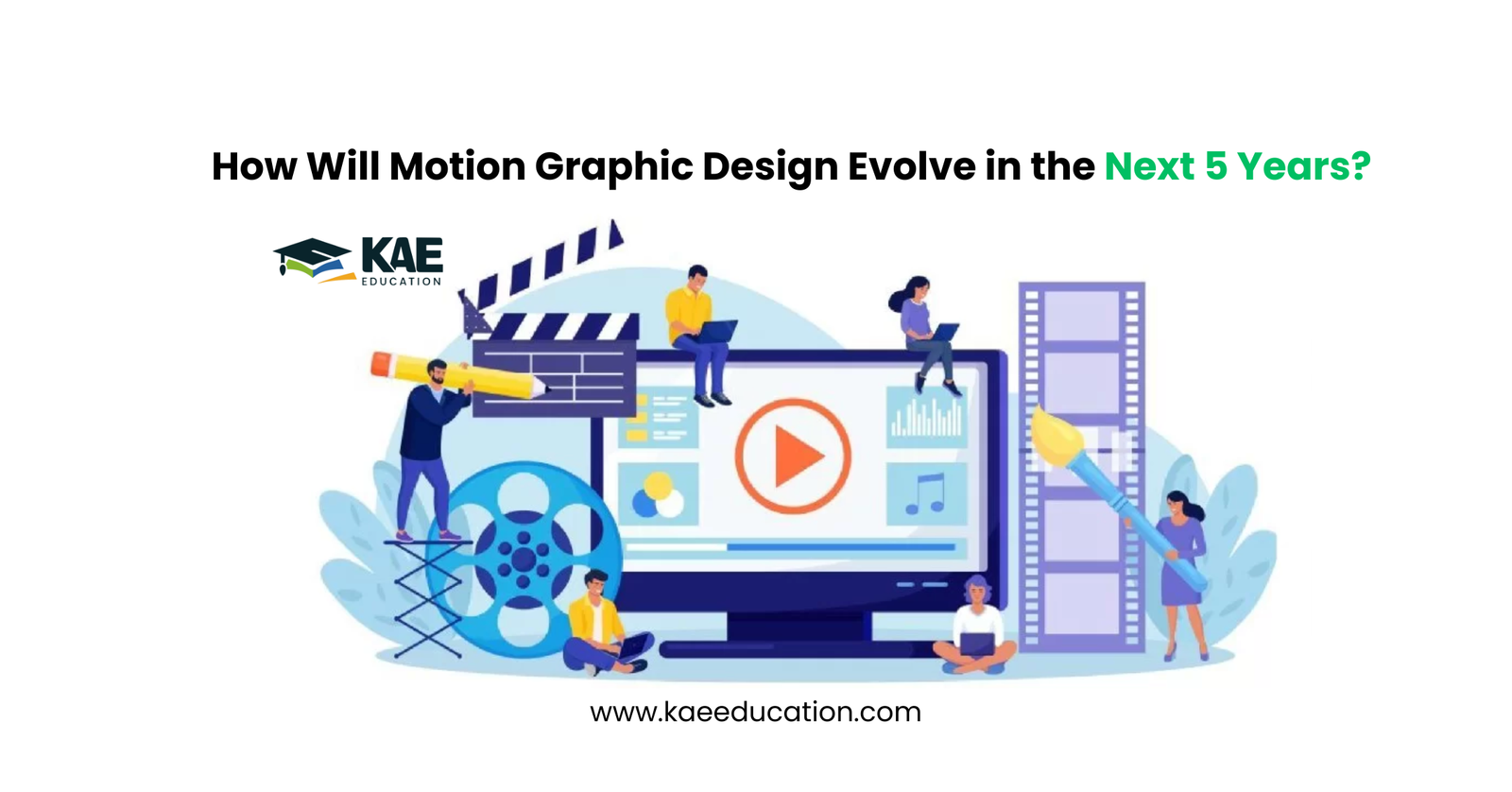How Will Motion Graphic Design Evolve in the Next 5 Years?
Motion graphic design is rapidly transforming into one of the most dynamic fields in the creative Industry. With advancements in technology and evolving trends, Motion graphics are redefining how brands communicate, entertain, and engage with their audiences. Over the next five years, we expect Motion graphic design to take a revolutionary leap forward, driven by cutting-edge tools, AI integration, and a growing demand for immersive experiences.
The Future of Animated Graphic Design
Key Trends Shaping Animated Graphic Design
(1) AI-Powered Design Tools
(i) AI will simplify complex animation tasks, enabling faster workflows and more creativity.
(ii) Predictive designs and generative AI will allow designers to experiment with infinite ideas.
(2) Integration of 3D and Real-Time Rendering
(i) 3D motion graphics will become more accessible with real-time rendering tools like Unreal Engine.
(ii) Realistic animations will dominate Advertising, Gaming, and immersive storytelling.
(3) Interactive Motion Graphics
(i) Interactive designs, especially in AR and VR, will grow in importance, offering new levels of user engagement.
(ii) Applications will include virtual product tours and immersive brand experiences.

(4) Sustainable Design Practices
(i) Green motion graphics will focus on reducing file sizes and energy usage in rendering.
(ii) Designers will prioritize minimalistic yet impactful designs.
(5) Personalized Content
(i) Motion graphics will leverage data analytics to create customized user experiences, enhancing brand-customer relationships.
The Role of Motion Graphic Designers in the Future
Emerging Career Opportunities:
(i) Virtual Reality Animator:-
Designing virtual environments and interactive elements.
(ii) Motion UX Designer:-
Enhancing user experiences through animations in apps and websites.
(iii) Content Creator for Social Media:-
Crafting short, engaging Motion graphics for platforms like Instagram and TikTok.
Why Motion Graphic Design Is the Future
(i) High Demand:-
Motion graphic design is integral to Industries like Advertising, Gaming, and E-learning.
(ii) Technological Advancements:- Innovations in AI, AR, and VR are driving its evolution.
(iii) Global Reach:-
Freelance platforms and remote opportunities make it accessible worldwide.
Conclusion
The future of Motion graphic design is incredibly bright. As technology advances, the Industry will witness more innovative applications and creative opportunities. Designers who stay ahead of trends and embrace new tools will be at the forefront of this exciting evolution, shaping the way we experience visuals in every aspect of life.
FAQ Section
Motion graphic design involves creating animated visuals to communicate ideas through movement, combining graphic design and animation.
Motion graphics help Businesses explain concepts, showcase products, and engage audiences through visually compelling storytelling.
AI will streamline processes, introduce new creative possibilities, and make animation tools more accessible for designers.
Industries like Advertising, Entertainment, Education, Healthcare, and Gaming heavily rely on Motion graphic design for communication and engagement.
Yes, 3D animations are gaining popularity for their realistic appeal, particularly in Gaming, films, and immersive media.
Designers often use tools like Adobe After Effects, Blender, Cinema 4D, and Unreal Engine to create stunning animations.
Begin by learning the fundamentals of graphic design and animation, mastering industry tools, and building a strong portfolio.
In this course, you will master key Motion graphic design skills such as 2D/3D animation, visual storytelling, character animation, video editing, and motion typography. You’ll also gain expertise in industry-standard tools like Adobe After Effects, Premiere Pro, and Cinema 4D. By the end of the course, you’ll be ready to create stunning, professional-level motion graphics for various industries including advertising, film, and digital media.

